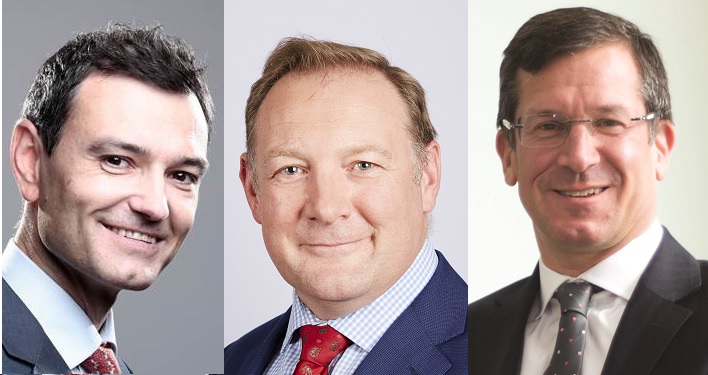
Atanas Christev, Head of Investment, Direct Line Group: Looking back at the evolution of our portfolio, we have tilted towards a type of passive investment, which we refer to as book yield investing.
The bulk of our investment grade portfolios are run in this way as opposed to the smaller, niche, return-seeking portfolios. This approach is relatively passive, but it is not simply tracking an index. We do allow the manager flexibility and we like to see a type of outperformance, but it is not just to do with simply beating the return of the index. We have different expectations from an investment manager than a focus purely on return.
"We have tilted towards a type of passive investment, which
we refer to as book yield investing."
Factors such as maintaining book yield and realised gain targets play a role in our thinking. In some cases, there can be a conflict between the realised gains/loss target for a particular period and trades that the portfolio manager may wish to undertake, particularly towards year-end.
We try to shield our active mandates from these influences to give them a free hand and manage the realised gain target through our book yield mandates. This has worked well for us, but it has been a two-pronged approach with the book yield mandates on one side and actively managed portfolios on the other.
Ian Coulman, Chief Investment Officer, Pool Re: Where we feel value can be added or where alpha is available then we will let the manager be more active. For example, in the credit markets with investment grade fixed income and high yield and emerging markets, we allow them to have an active strategy. Where we don’t feel there is value to be had, or the data suggests that active management is not worthwhile and we just want the beta exposure, then we take a passive approach.
"We try to avoid having the managers track a specific benchmark."
It depends on where we think the alpha is coming from or whether it is just the exposure to markets. If it is credit-generating alpha, then we will want to allow the manager to be more active. We try to avoid having the managers track a specific benchmark. Within certain mandates we want to offer the manager the flexibility to add value and not get hung up on an index.
Jeremy Baldwin, Chief Investment Officer, AIG: We run very similar models. We have a core plus satellite approach where we will look to have a comparator or benchmark. This is because we have lot of constraints that we have to operate under, from the accounting and the preservation of book yield perspective.
You have to have an eye on what the CFO is thinking about when they are presenting their numbers quarterly. Unlike Ian, we feel that buying active global is probably not a great idea. We have some base fundamental assumptions about what we think we can get in certain markets, and we want the beta.
"We feel that buying active global is probably not a great idea."
However, in certain other asset classes, if you are buying small cap for instance, there may be areas where you are happy to commit and pay the fee for active. We don’t own hedge funds in Europe for instance as this another area that we won’t touch. We try to adhere to our base pre-sets on the investment side and let these guide us in whether to buy passive or active.